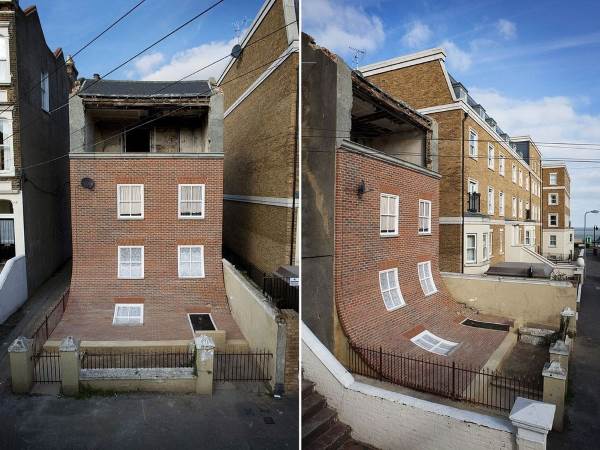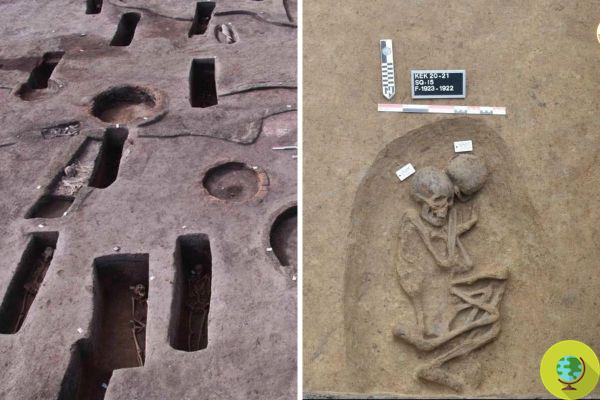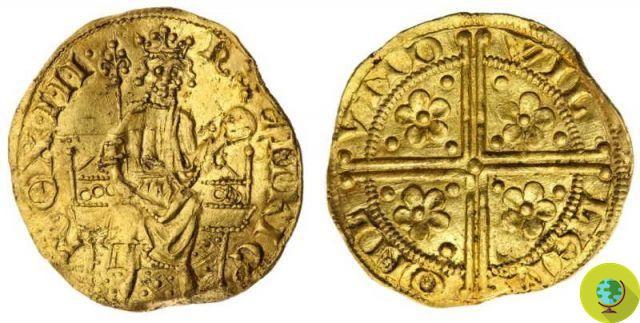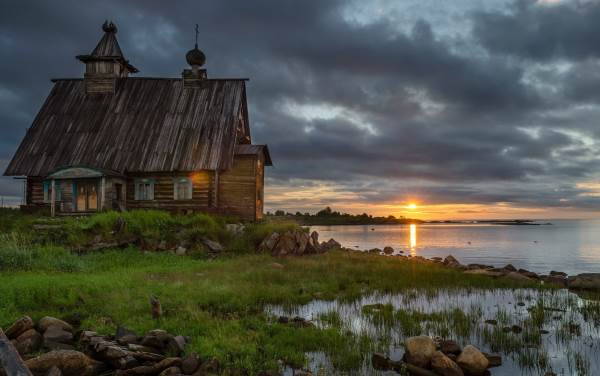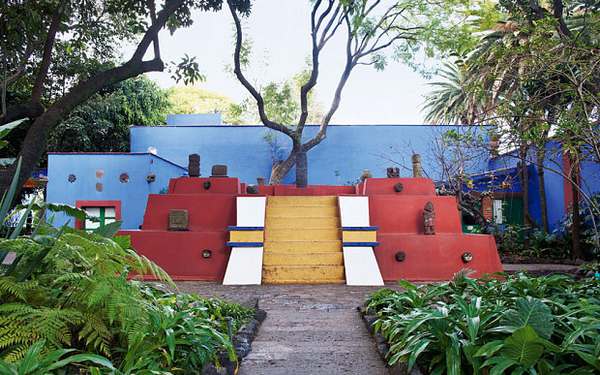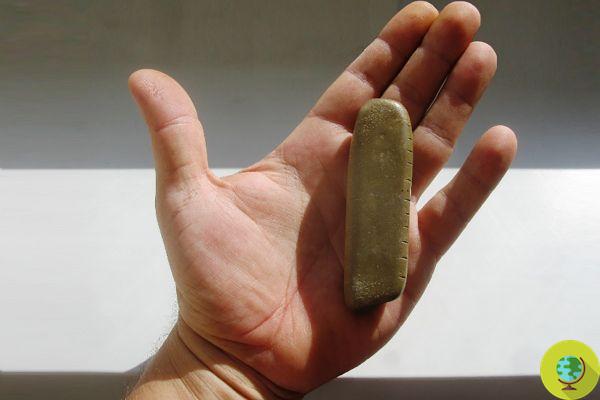Stonehenge hasn't always been where it is now: the infamous stones that have fascinated for centuries may have been "relocated" from Wales
Don't store avocado like this: it's dangerousHasn't Stonehenge always been where it is now? Well, a new study from the University of Cambridge suggests that the stones that have fascinated for centuries may have been "relocated" from Wales.
We are around 3200 BC, the stone age peasants of the Preseli Hills in present-day Wales build a large monument, sculpting columns of dolerite, also called blue stone, from a nearby quarry, then placing them upright to form a large circle aligned with the Sun.
Several centuries later, for reasons unknown, their descendants tear down many of the giant stones and carry them 200km to Salisbury Plain, where they give life to what is still one of the most iconic prehistoric stone monuments in the world: Stonehenge.
Read also: The mystery of the Stonehenge megaliths finally revealed
Already last summer, in July, scientists from the University of Brighton had begun to undermine the idea that Stonehenge had always been there, arguing that most of the large stones that make up the main sarsen circle and the inner horseshoe of the monument originated from West Woods, on the edge of the Marlborough Downs in Wiltshire, a site approximately 24 miles to the north.
But perhaps the "move" started much further away.
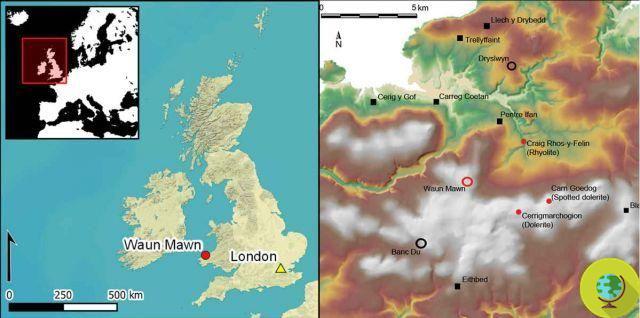
©Antiquity
Radiocarbon dating did indeed show one bewildering interval of several centuries between the activity in the blue stone quarries and the first construction at Stonehenge. The researchers wondered if the distinctive blue stones, 2 to 3 meters high, were used to build other stone circles first, then moved to Stonehenge later.
“Clearly it didn't take 200 years to move them - Joshua Pollard, co-author of the work, explains to Sciencemag. It seems more likely that the existing monuments have been dismantled ”.
The research spans at least ten years: in the last ten years, in fact, researchers have searched for ritual structures in the Preseli Hills region, in present-day Wales, which could have provided the stones and the blueprint for Stonehenge. In 2017 and 2018, they excavated parts of an ancient monument called Waun Mawn, where a handful of inverted blue stones similar to those of Stonehenge form a partial circle.
Excavations revealed other cavities where other stones once stood, and by connecting the points between these and the blue overturned stones at Waun Mawn, the researchers sketched a circle 110 meters in diameter, the same size as the outer earth moat that it was part of the original layout of Stonehenge and which, like this one, features the entrance to the circle oriented towards sunrise on the summer solstice.
Read also: Summer Solstice: Stonehenge, the evocative celebrations of June 21st
Parker Pearson's team then tried to derive the last time that the sediments inside the cavities at Waun Mawn had been exposed to light, using a luminescence technique, then dating the coal found inside to carbon-14: estimates indicate that the missing stones may have been erected between 3400 and 3200 BC, then removed some 300-400 years later, just around the time the first construction at Stonehenge began.
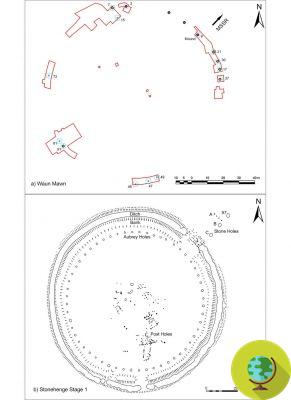
©Antiquity
Researchers say the dismantling of Waun Mawn and the rise of Stonehenge may have been part of a wider migration from the Preseli Hills to the Salisbury Plain. The human and animal remains found at Stonehenge have chemical signatures that suggest that their early years were spent on the Welsh coast.
Migrants from Wales may have moved the stones as a way to symbolically remain connected to their past or to claim a new region with local authorities at the time.
“They brought ancestral symbols like act of unification”Says Parker Pearson, first author of the fascinating research.
Stonehenge in many ways still remains a mystery, even if the studies follow one another. But its charm always remains high in the hearts of all of us.
The work was published in Antiquity.
Sources of reference: Sciencemag / Antiquity / CNN
Read also:
- This year everyone will be able to admire the Stonehenge summer solstice in live streaming
- Stonehenge: here's where the 42 bluestones come from and how they were transported
- Discovered a new circle of monoliths near Stonehenge: it is the largest prehistoric structure in Great Britain










